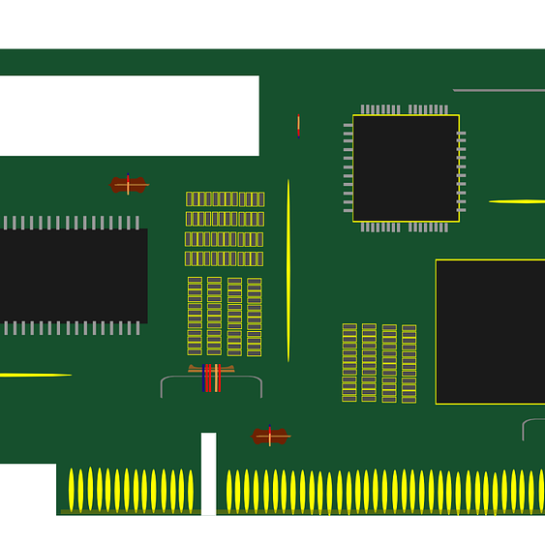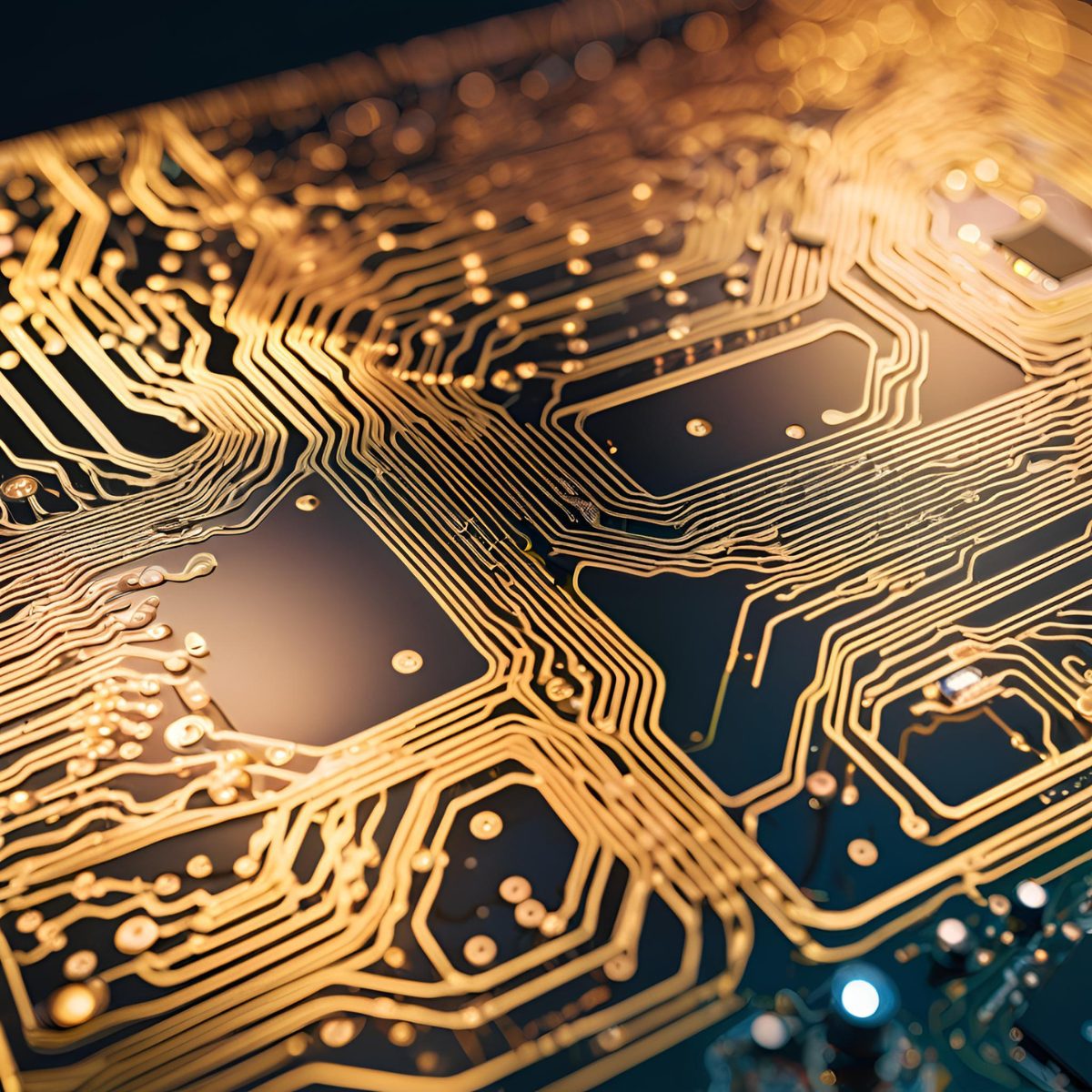In today’s ever-evolving marketplace, how do you approach designing a PCB-based product from the bottom up? How do you know which method is most effective and which can get a top-notch product to the market ASAP? Understanding the manufacturing process is key to reducing costs and time loss. Let’s examine closer some top tricks of the trade to provide the ultimate benefits for your business. Here are three tips for reducing PCB prototype turn time.
Design: Focus on Simplicity
Design complexity requirements vary from project to project. That being said, you should always design for simplicity. Follow basic circuit board design rules and don’t skip out on the schematic. A visual reference is essential to establishing the overall value of your PCB project and avoiding unnecessary redesigns. In general, the fewer electrical components a circuit board design has, the greater chance of success. Simplicity equals functionality at its finest and usually requires fewer re-spins due to fewer design issues.
Layout: Optimize for Cost and Performance
Success also relies on efficiency. Another tip for reducing PCB prototype turn time is to optimize the board for performance. Consider what components, materials, and features add the most value to your project. You can achieve a more reliable and lucrative end-product if every chosen part of the board works together for superior performance. For this reason, be intentional about the component selection process. The layout requires impeccable implementation of the original concepts.
Partner: Team Up With a Manufacturer Early On
Keep in mind: a wise strategic approach to minimize the potential of prototype re-spins is to team up with a PCB manufacturer earlier on. Most any prototype design has the ability to be built proficiently, but the main business goal is to save time and money on your PCB prototype. Ergo, partnering with a chosen manufacturer—and designing to the full range of their capabilities—eases the developmental process. Meet in the middle to discover that sweet spot, reduce errors, and verify the PCB’s utility.
In need of quick-turn PCB prototypes? You can turn to and trust Summit Interconnect. We work closely with designers and engineers to create circuit boards that function perfectly out of the box. If you can design a prototype, we can assemble it with our flexible services and state-of-the-art tech and equipment. A quick and easy PCB prototype development cycle is in reach. Reach out to learn more about partnering with us today.



